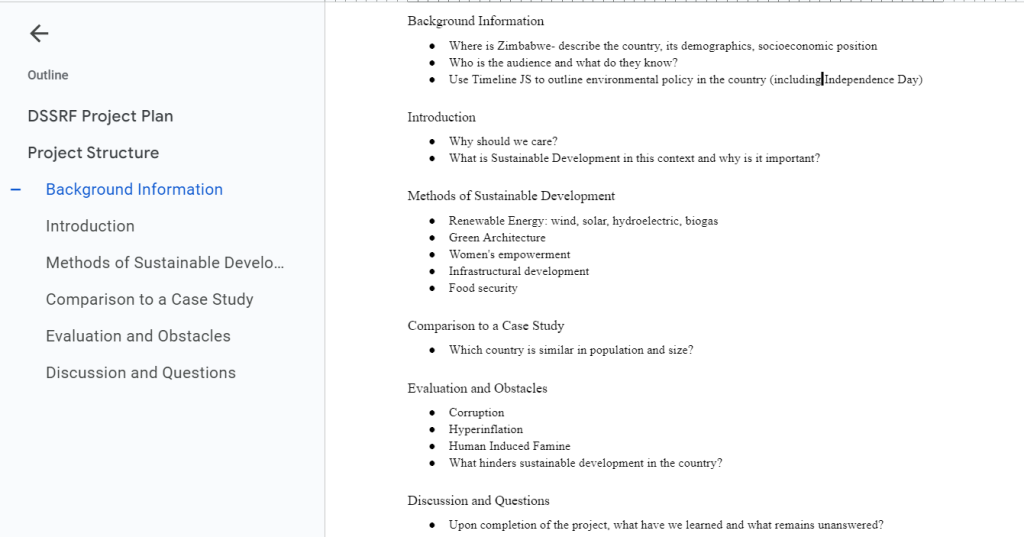To do list
- What is SCD?
- What is the most common SCD?
- How does one inherit the disease and the sickle cell trait?
- What are the symptoms?
- Who is mostly affected and why?
- What is the relation between malaria and sickle cell anemia?
- Impacts of SCD
- Stigma and misinformation about SCD
- Concentration of SCD in Sub-Saharan Africa-number of cases,mortality rates
- Accessibility to health care facilities-limitation
- Treatments vs Cures: inequities to these resources,continuous misinformation
- What can be done to improve accessibility?
- The future of sickle cell
Research Goals:
- Creating awareness of the Sickle Cell Diseases/Symptoms and available treatments and *accessibility in Sub Saharan Africa.
- The reason why sickle cell is prevalent in Sub Saharan Africa-(SSA)
- Create awareness of the new treatment CRISPR by focusing on the pros and cons of the treatment and the concerns about the gene editing technique
- How CRISPR is administered
- How to decrease the burden of Sickle Cell Diseases
- Compare the economic data from the SSA countries with projected CRISPR prices to determine accessibility-average household income and the cost of the treatment.
- CRISPR is a cure while the available treatment -difference is that CRISPR is a cure
Question I’m trying to answer/The scope of my topic
If CRISPR is fruitful, then can it be made available to the demographic that mostly needs it i.e the demographic in SSA
Research topic(up for consideration):
The efficacy of CRISPR in treating SCD and the feasibility of its accessibility by patients in SSA
Not in scope:
- Sickle Cell Diseases prevalence in other parts of the world
- How the available treatments are administered- as this may detract from the main focus of the research which is CRISPR
- The timeline of CRISPR
- The Science behind Sickle Cell-try to keep the content simple for easier understanding
Background
Sickle Disease
- Sickle cell disease (SCD) is a hereditary disorder of hemoglobin (Hb) characterized by inheritance of two abnormal Hb genes, at least one of which is responsible for the production of HbS is the gene that is responsible for sickle cell diseases.
- SCD is as a result of a point mutation in the gene of an individual
- The sickling of red blood cells damages its membrane and causes them to become dehydrated and more rigid than normal. Furthermore, these cells tend to become abnormally adherent to the endothelial lining of blood vessels.
- It has been universally invisible because of the lack of awareness about the disease among the local health policy makers and the public that is mostly affected by SCD
- The most common is sickle cell anemia-resulting from homozygous Hb-SS
- SCD is most prevalent in Sub-Saharan Africa(SSA)-the region in Africa below the Sahara Desert
- SSA has 47 countries some with a higher prevalence of SCD than others
- Fun fact! Sickle cell Disease was first discovered by Dr. James Herrick
Symptoms of SCD
- Hypercoagulability-high thrombin generation,platelet activation
- Vaso-occlusion- due to hypercoagulability
- Increased susceptibility to invasive pneumococcal infections
- Acute chest syndrome
- Stroke
- Splenic sequestration-when sickle red blood cells block the blood vessels in the spleen causing it to swell and become painful.
- Priapism- a condition of prolonged erection for males of all ages
Timeline for SCD
(the source of the dates os from the internet-hope to get a journal with better chronology)
- 1910: James B. Herrick first described SCD in Western medical literature in an article about a West Indian student with unusual red blood cells.
- Verne Mason, a medical resident at Johns Hopkins Hospital, named the disease sickle cell anemia in 1922.
- 1956: The SCD gene mutation was discovered.
- 1960s: Blood transfusions began to be used as a treatment for SCD.
- 1972: Federal programs for SCD were established.
- 1995: A study published in The New England Journal of Medicine showed that the anticancer drug hydroxyurea could reduce the painful complications of SCD. The FDA approved hydroxyurea for treating adults with SCD in 1998.
- 1997: Periodic blood transfusions were shown to reduce the risk of stroke by 90% in children with SCD who are at risk for stroke.
- 2012: Researchers showed that bone marrow transplants could cure some SCD patients. However, bone marrow transplants have challenges, such as donor availability and potential complications.
- 2017–2021: Additional medications were approved to treat SCD, including L-glutamine, crizanlizumab, and voxelotor.
- 2019: Gene-editing therapy was first used to treat SCD.
- December 2023: The FDA approved two new genetic therapies to treat SCD
Available Treatments
The available treatments for sickle cell manage the symptoms of sickle cell diseases but they are not cures.
The available treatments increase the lifespan of individuals suffering






